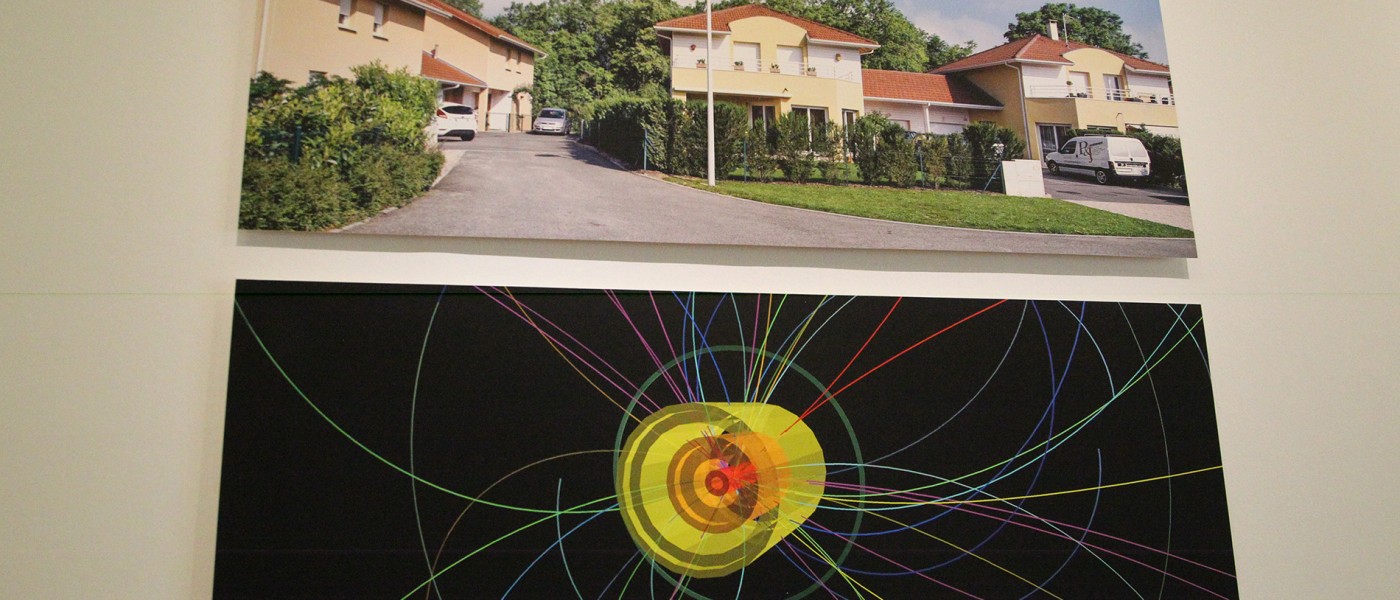Opening: Tuesday July 4th 7pm
The climate crisis confronts us with a reassessment of the human relationship with nature. Technological-organic, nature-urban are some of the numerous binomials that have become ineffective to account for the hybrid reality between the natural and the artificial. Rather than a search for a hegemonic canon, today's reality is presented as a diamond in the rough, one with multifaceted meanings, virtually beyond reach and with no prospects for genuine synthesis.
Natureculture underscores some evidence of this neo-hybridisation, in which the biotic that underlies all techno-human action in turn experiences a symmetrical inversion: it is now also the techno-cultural that inevitably resides at the heart of nature. In a game of mirroring, Laurent Mulot confronts us with the disturbing hybrid form that European urban life has adopted, in which the domestic coexists with the scientific underground – specifically, the relationship between the city of Geneva and the CERN particle accelerator. On the other hand, Rodrigo Zeferino's work introduces us to the transformative power of the light impact of big cities, altering the imperceptible life forms of photosensitive insects as evolutionary traction through a poetic-historical arc from Darwin's observations to contemporaneity. In turn, Felipe Castelblanco and Lydia Zimmermann's project reverse the accelerating gaze of urbanity with its concomitant depredation and reaches out to encounter the ancestral in the heart of the pristine jungles of South America through a bridge of textile and digital networks.
Without judging or demonstrating, by enabling the senses in their multiple potencies, art tends to the creation of new symbolic meanings that link human life and its environment. The senses do not deceive; if anything, it is reason that can deceive.
Pablo La Padula
Photo: Felipe Castelblanco y Lydia Zimmermann©










